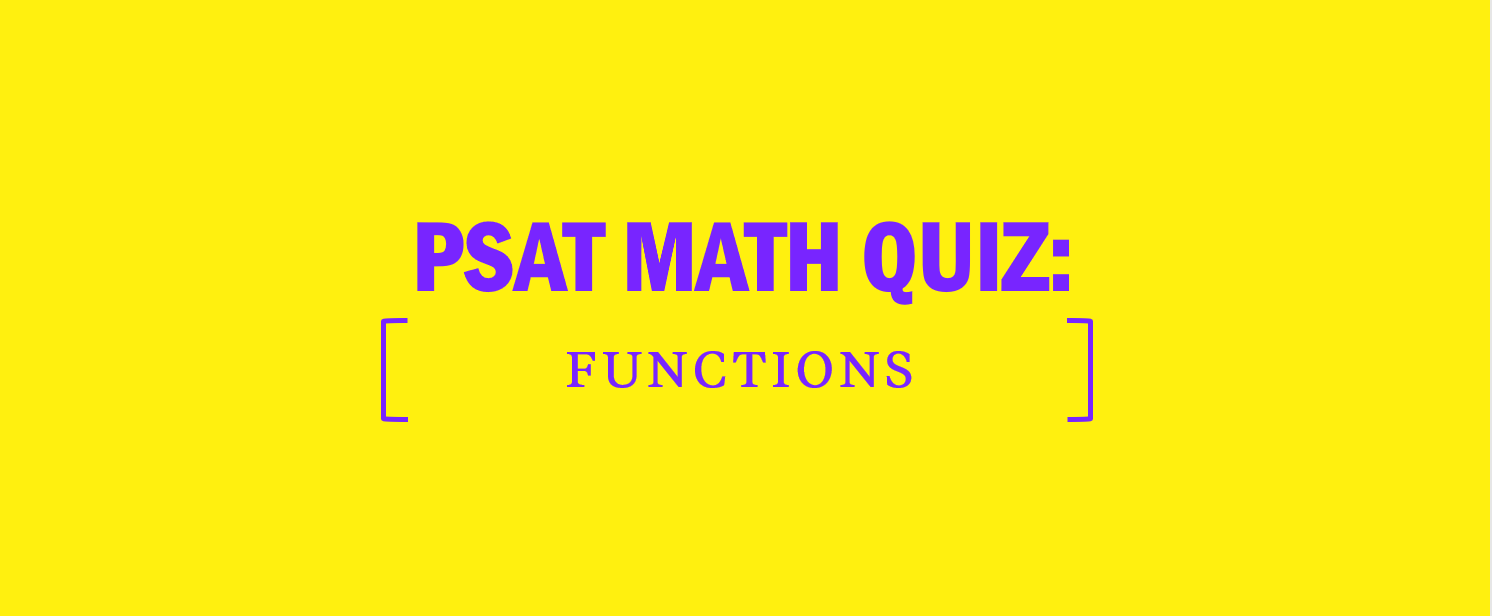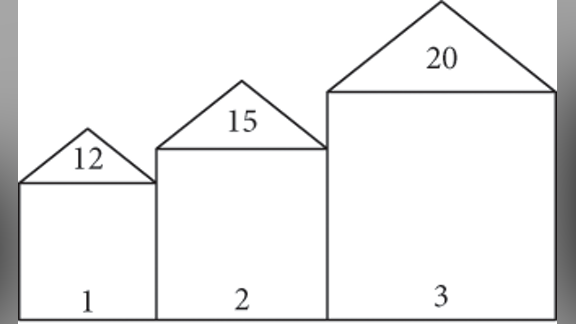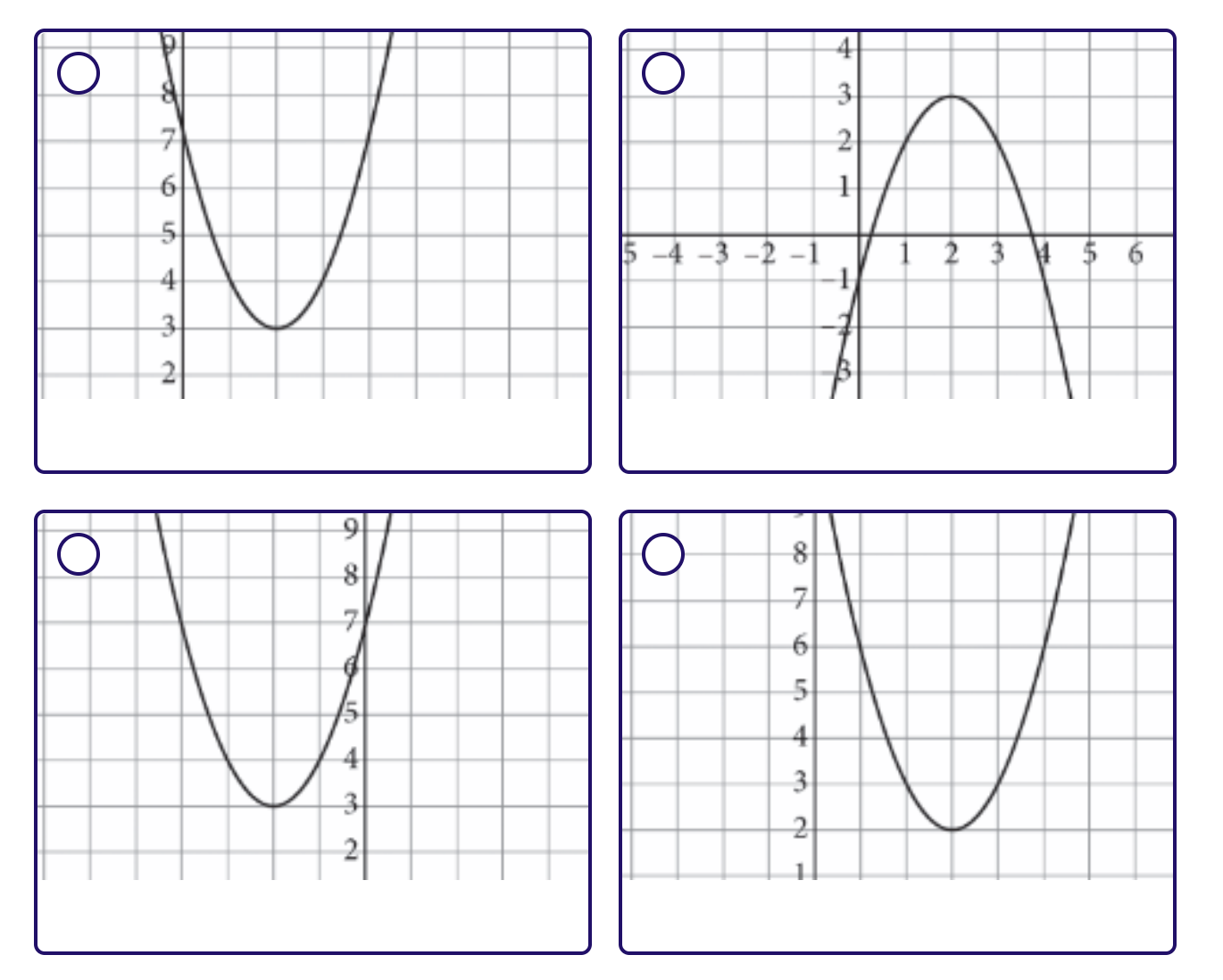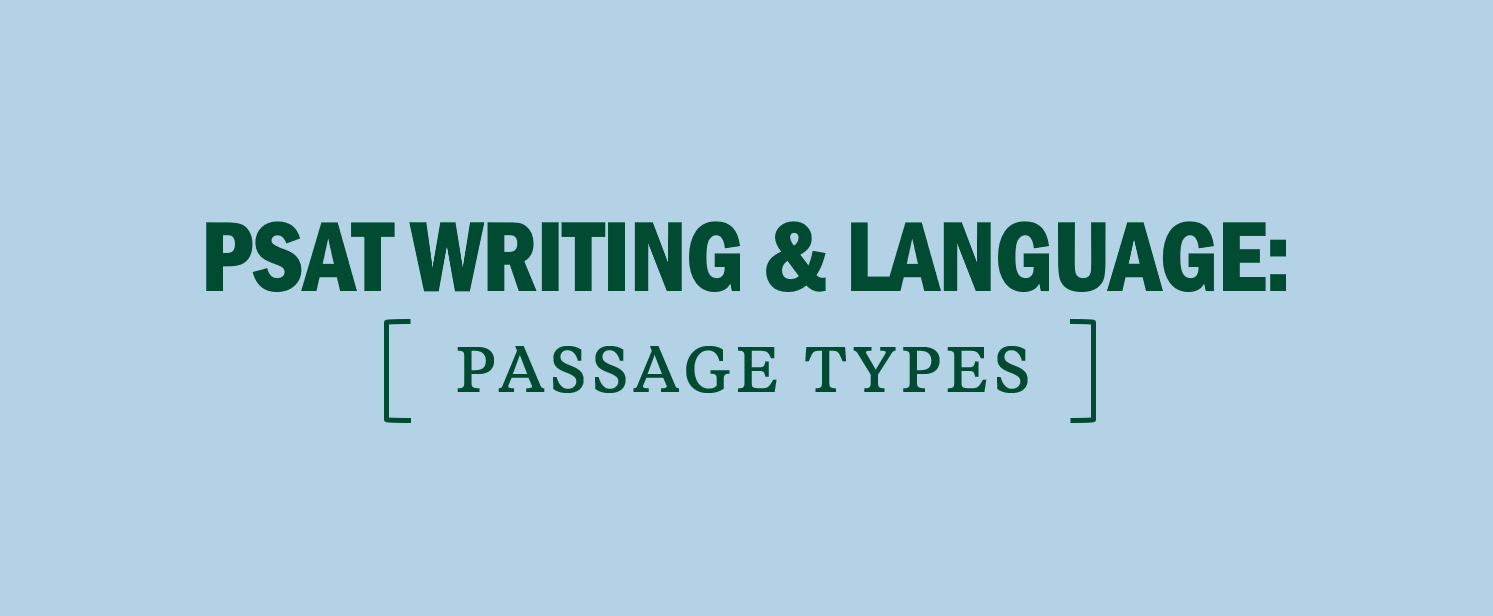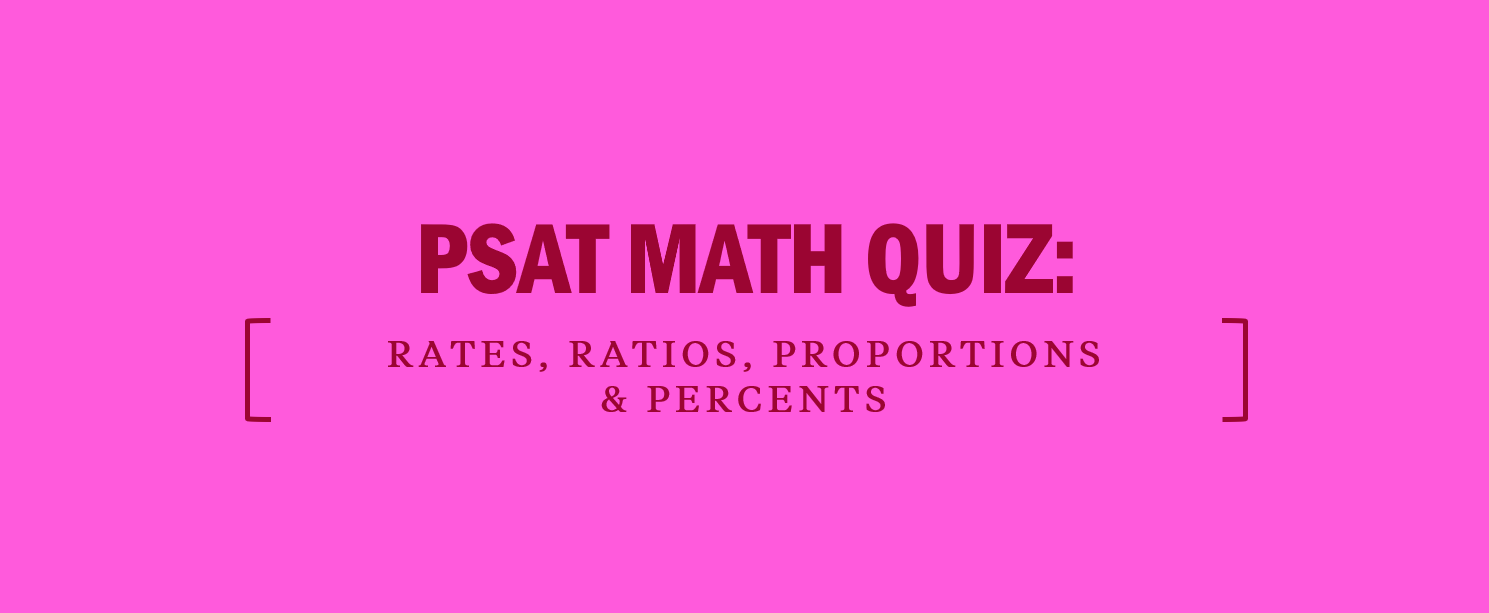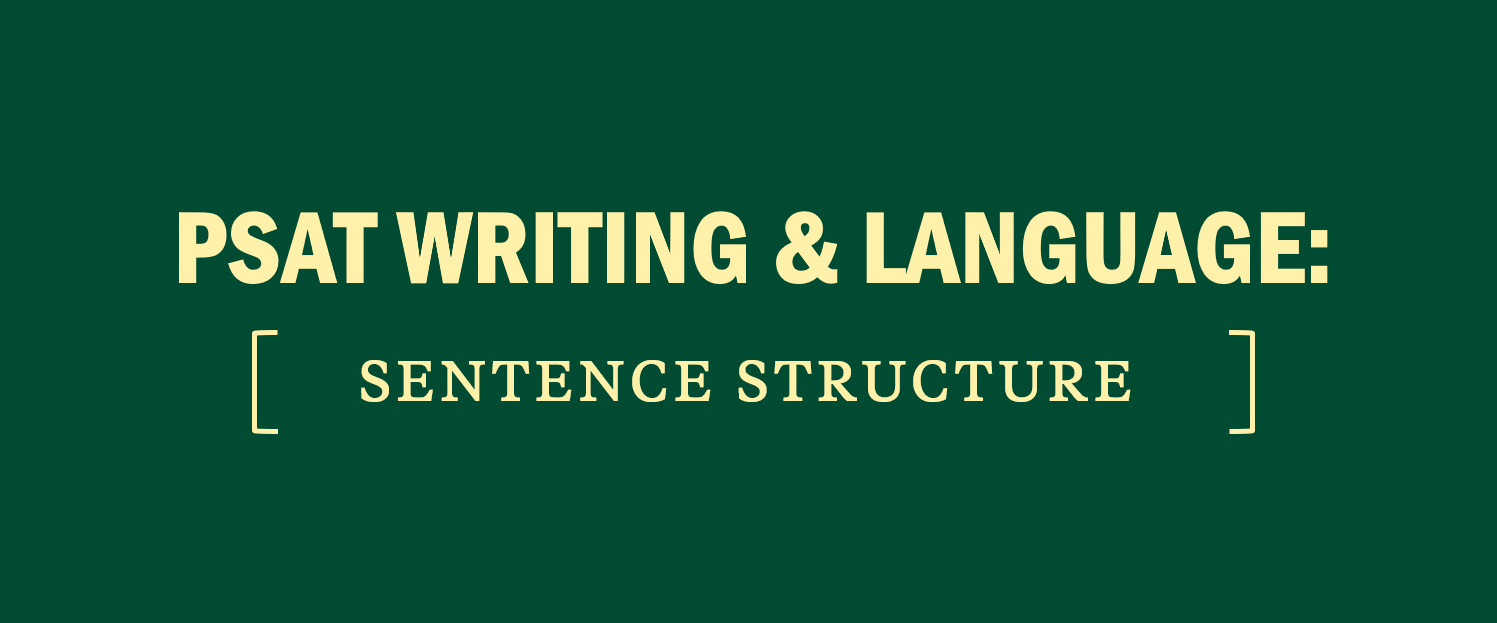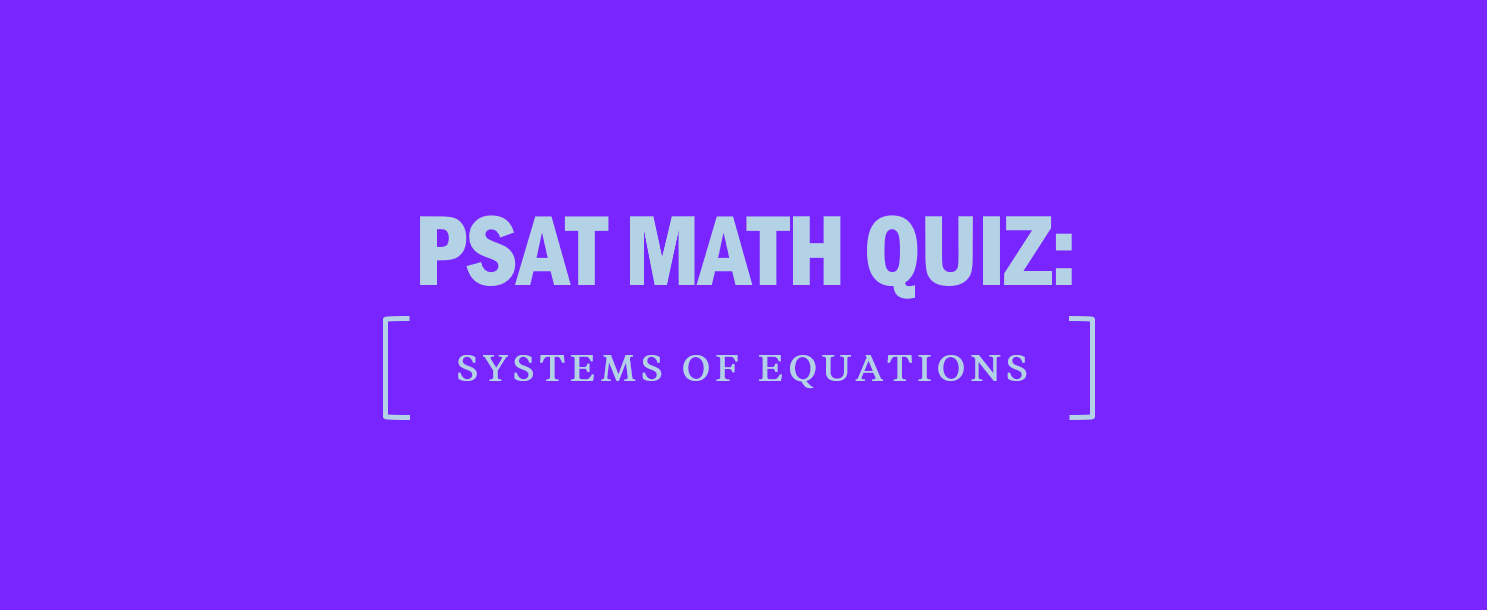PSAT Math Quiz: Functions
Try the free practice questions in the quiz below and see how ready you are for Functions questions in the Math section on the Digital PSAT.
Content Review:
Answer 1
A: The notation r(x) = 0 means that the function is crossing the x-axis (has a y-value of 0), so look for the x-intercepts. The function r(x) intersects the x-axis at x = -2, 2, and 5. Because B, C, and D are all possible values, the correct answer is A.
Answer 2
Answer 3
C: Take each transformation one at a time. The negative sign inside the parentheses indicates a horizontal reflection (across the y-axis), so the parabola should still open up. Choice B has a vertical reflection (across the x-axis) and opens down, so you can eliminate it. The +3 outside the parentheses shifts f(x) up 3 units; D does not contain this component, so eliminate it as well. the +2 inside the parentheses is tricky: it means a left shift of 2 units, but it might be tempting to think you need to add 6 (and therefore move 6 units to the left) to get from xI – 4 to x + 2. Don’t be fooled by this. Overall the graph will shift up 3 units, shift left 2 units, then reflect over the y-axis. Algebraically, your function would be g(x) = (-x – 2)^2 + 3 (not g(x) = (-x + 2)^2 + 3); this and the graphical analysis correspond to C, the correct answer.
Answer 4
D: When dealing with a composition, the range of the inner function becomes the domain of the outer function, which in turn produces the range of the composition. In the composition f(g(x)), the function g(x) = x^2is the inner function. Every value of x, when substituted into this function, will result in a nonnegative value (because of the square on x). This means the smallest possible range value of g(x) is 0. Now look at f(x). Substituting large positive values of x in the function will result in large negative numbers. Consequently, substituting the smallest value from the range of g, which is 0, results in the largest range value for the composition, which is -0 + 5 = 5. Because 9 > 5, it is not in the range of f(g(x)), making D correct.
Next: PSAT Math Quiz: Tables, Statistics, and Probability
Previous: PSAT Math Quiz: Exponents, Roots, and Polynomials

